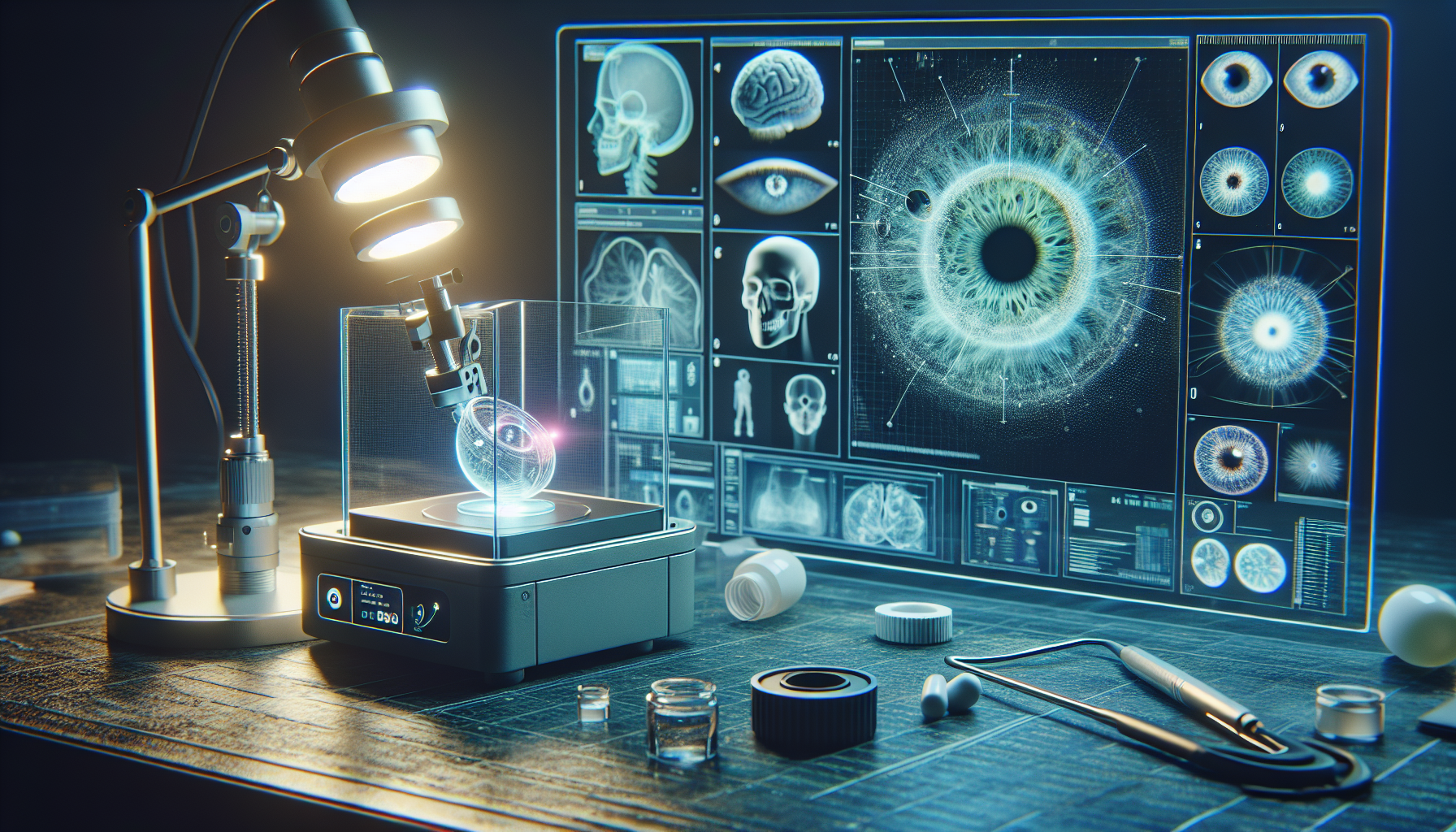Advancements in ocular technology have taken a significant leap forward with the development of a unique 3D printing resin for intraocular devices by researchers at the University of East Anglia. This innovation has the potential to revolutionize the production of eye implants, which are extensively used in cataract and refractive surgeries worldwide.
Intraocular lenses (IOLs) are artificial lenses that replace the eye’s natural lens when it becomes cloudy due to cataracts, leading to vision impairment. These lenses are also employed to correct refractive errors such as nearsightedness (myopia), farsightedness (hyperopia), and presbyopia (an age-related condition where the eyes lose their ability to see clearly at close range).
Dr Aram Saeed, Associate Professor in Healthcare Technologies at UEA’s School of Pharmacy and the lead author of the study, stated that the newly developed resin could be employed to 3D print ocular devices directly. Though still in the initial phase, 3D printing these lenses could potentially improve eye care by offering an unprecedented level of customization and design precision. This could lead to improved clinical results for patients.
Historically, IOLs were made from a variety of materials including glass and silicone. However, modern advancements have led to the widespread use of acrylic materials. Acrylic materials, both hydrophilic and hydrophobic, are predominantly used due to their optical clarity, flexibility, biocompatibility, and stability and safety within the eye.
The conventional methods of IOL production involve lathing and moulding techniques. Although these methods produce well-engineered devices with high optical quality, they have limitations in terms of design complexity and customization. Dr Saeed asserts that 3D printing could improve ocular device production by enhancing speed, precision, and enabling greater design complexity and customization.
This breakthrough in ocular technology could have several potential benefits. The ability to print custom lenses tailored to each patient’s eye shape and vision requirements could improve vision correction and comfort. 3D printing could also accelerate the design, testing, and manufacturing of lenses, thereby reducing the time gap between diagnosis and surgery. Furthermore, 3D printing could lead to cost reductions in the production of custom or high-quality lenses, making them more accessible, particularly in economically disadvantaged areas.
The researchers anticipate that combining 3D printing with advanced imaging technologies could produce lenses that optimally fit individual patients’ eyes, reducing post-surgery adjustments or complications.
The team’s work has earned them a United States patent, assigned to UEA Enterprise Limited, a university business entity focused on promoting innovation and commercialising research. The researchers continue to work closely with industry partners to refine the technology, with hopes of initiating clinical trials in the coming years. The project has received funding from several sources including the University of East Anglia, the Humane Research Trust, the Engineering and Physical Sciences Research Council (EPSRC), and UEA’s Impact Acceleration Account (IAA) funding from the Medical Research Council (MRC).
The research, titled ‘Stereolithographic Rapid Prototyping of Clear, Foldable, Non-refractive Intraocular Lens Designs: A Proof-of-Concept Study’, has been published in the journal Current Eye Research.


Comments are closed for this post.